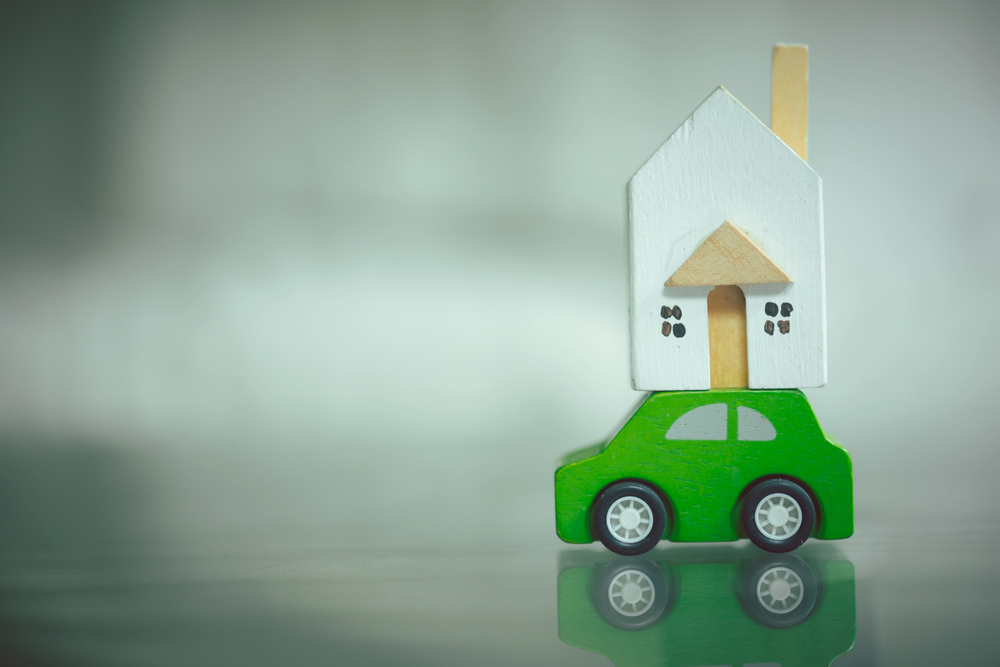


By Justin Guerra
From solar panels to sustainable packaging, businesses are leaning into sustainability initiatives to reduce their environmental impact, strengthen brand appeal and cut long-term costs. For specialty industries like the winery and brewery space, sustainability has gone from an emerging trend to a best business practice.
But going green has the potential to change a business’s risk profile, often in ways the insured doesn’t anticipate. Fortunately, independent insurance agents and brokers are uniquely positioned to help clients balance environmental goals with risk mitigation.
Sustainability trends for wineries and breweries have accelerated due to consumer expectations. Sixty-three percent of drinkers are concerned about sustainability or sustainable products, according to a 2023 Ipsos study. Globally, consumers are willing to pay nearly 10% more for sustainable products, even amid economic uncertainty, according to PwC’s “Voice of the Consumer Survey 2024.”
To meet these demands, many alcohol producers are adopting green building practices. Some have constructed Leadership in Energy and Environmental Design (LEED)-certified facilities equipped with systems to reclaim wastewater and recapture carbon dioxide during fermentation. Solar installations are now common among both hillside vineyards and flat-roofed breweries. Others have taken a low-tech route, using recycled denim for insulation or LED lighting for efficiency.
Other producers are turning to creative conservation efforts in areas such as waste reduction and landscape management. Breweries and wineries frequently repurpose spent grain and grape pomace as livestock feed or compost. Others are using vermiculture—worm-based filtration systems—to recycle wastewater for irrigation.
In wildfire-prone areas like Sonoma and Napa in California, some wineries have even replaced lawn tractors with goats and sheep to control brush and reduce fire risk. Sustainable packaging options like biodegradable carriers, Tetra packs and lightweight bottles are also becoming the norm.
While these initiatives enhance branding and environmental impact, they also shift the risk landscape. New equipment, unique building materials and unconventional practices can affect everything from property valuations to system reliability. Independent agents need to be ready to evaluate how each eco-friendly upgrade changes coverage needs—and ensure clients don’t unknowingly expose themselves to uncovered losses.
To provide meaningful value, agents should look beyond a client’s eco efforts. They need to translate sustainability initiatives into clear underwriting conversations and protection strategies. Here are five tips to serve wineries and breweries as they go green:
1) Revisit property valuations. Green technologies, such as solar arrays, LEED construction and high-efficiency equipment, often increase replacement costs. Agents should encourage clients to document upgrades, adjust insured values accordingly and schedule green installations appropriately.
2) Check equipment breakdown coverage. Water treatment systems, carbon dioxide capture tech and energy-efficient boilers can be complex and sometimes more prone to failure than conventional equipment. Reduce the risks of a breakdown and associated costs by talking to clients about extending breakdown coverage to these new installations before failure happens.
3) Update business interruption coverage. Green systems may take longer to replace or repair. Work with clients to extend recovery timelines and add contingent business interruption coverage if they rely on specialty vendors or sustainable suppliers.
4) Assess liability exposures. Unvetted eco-packaging, rainwater reuse systems and organic materials may increase liability or compliance risks. Agents should help clients maintain safety and regulatory alignment to avoid costly claims by remaining knowledgeable on the specifics related to product liability coverage.
5) Promote documentation. Many green upgrades are made informally. Encouraging clients to keep maintenance logs, photos, invoices and recovery plans that reflect their sustainability infrastructure makes good business sense and can help the claims process in the event of a loss.
Agents and brokers who understand how environmental upgrades impact valuation, operations and insurability can position themselves as true advisors. By asking the right questions and anticipating the insurance implications of going green, agents not only protect their clients but strengthen their own value proposition in a changing commercial landscape.
Justin Guerra is loss prevention specialist at PAK Programs.